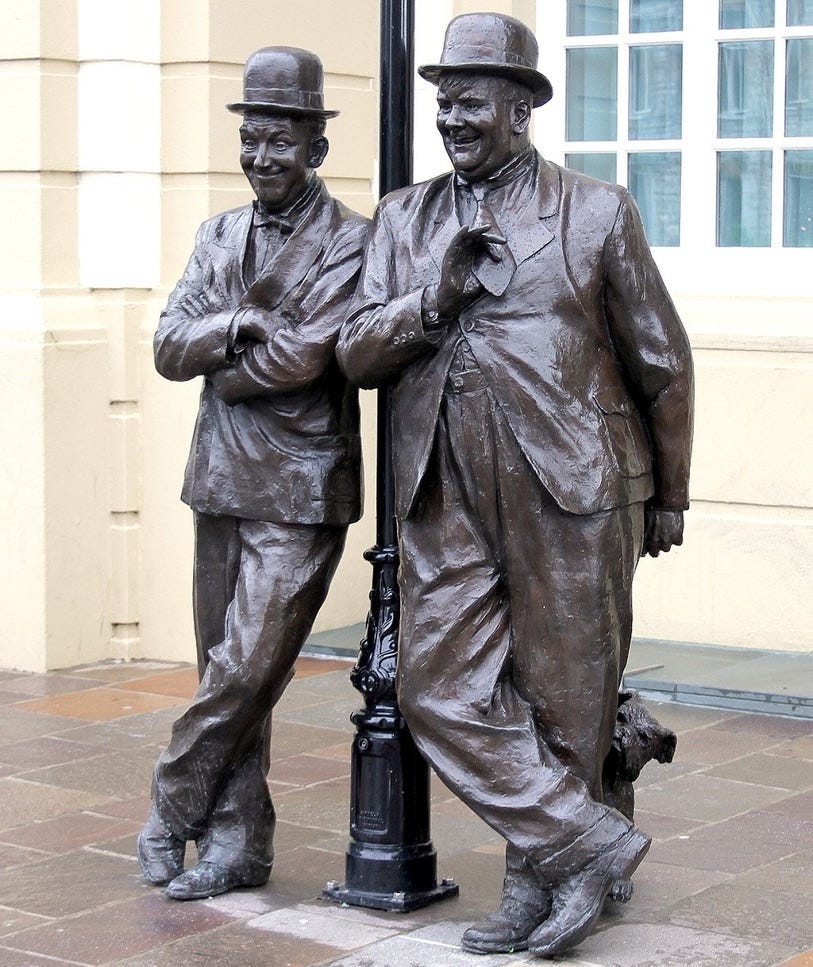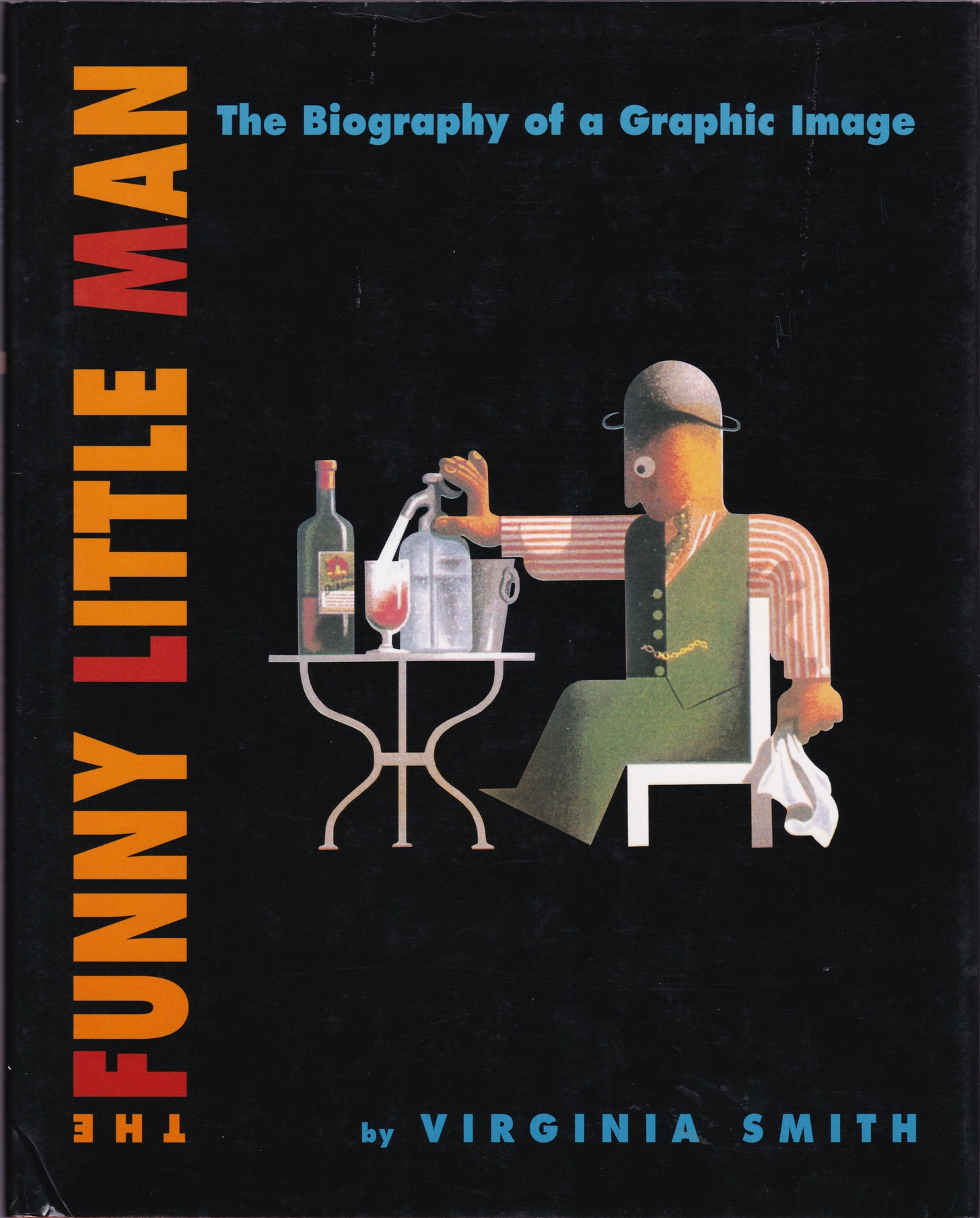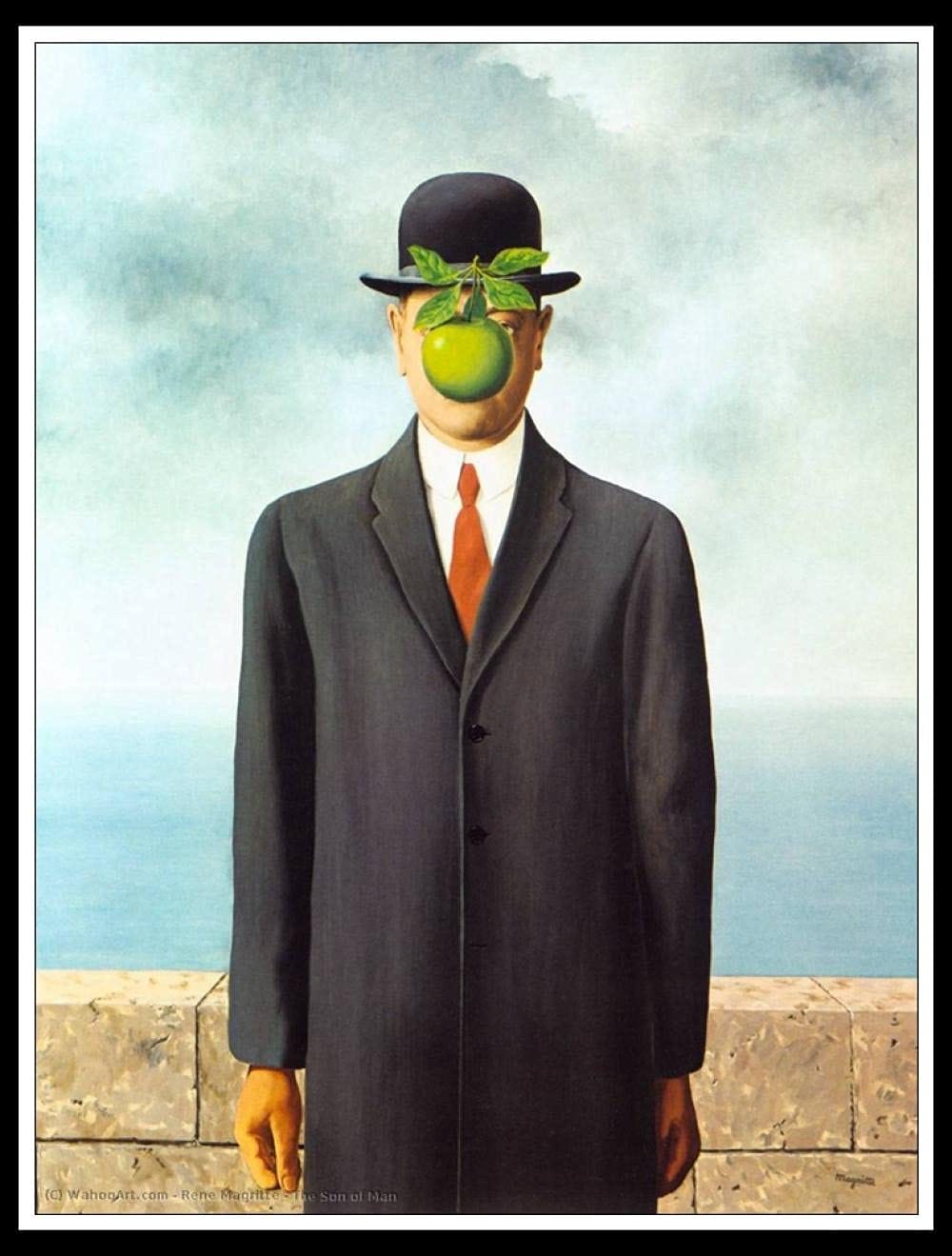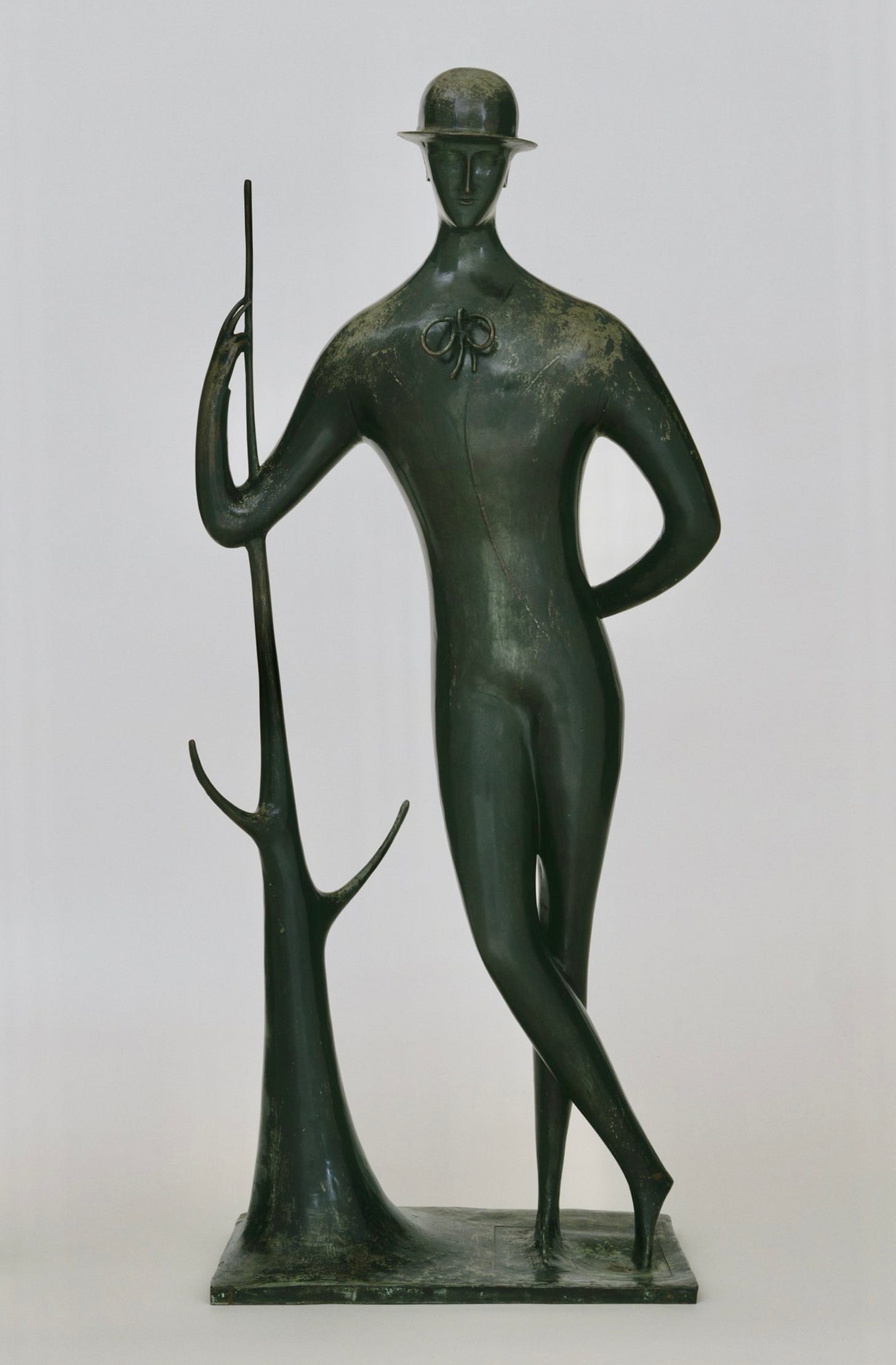Hats: Man in a Derby or Bowler Hat
The bus came to a halt, and a fat, sweaty man wearing a brown suit and a derby hat lurched down the aisle toward Matthew, Mort, and me. Mort and I gave each other looks of terror.
Little Follies, “The Fox and the Clam”



Art: Paint-by-Numbers; Kitsch
Kitsch is certainly not “bad art”; it forms its own closed system, which is lodged like a foreign body in the overall system of art, or which, if you prefer, appears alongside it. … Every system is dialectically capable of developing its own anti-system and is indeed compelled to do so. The danger is all the greater when at first glance the system and the anti-system appear to be identical and it is hard to see that the former is open and the latter closed. … Kitsch is also a system of imitation. It can resemble the system of art in every detail, above all when it is handled by masters such as Wagner, the French dramatists (Sardou, for example) or—to take an example from painting—someone like Dali, but the element of imitation is still bound to show through. The kitsch system requires its followers to “work beautifully,” while the art system issues the ethical order: “Work well.” Kitsch is the element of evil in the value system of art.
Hermann Broch, “Notes on the Problem of Kitsch,” included in Gillo Dorfles, Kitsch: The World of Bad Taste
[more to come on Wednesday, October 13, 2021]
Have you missed an episode or two or several?
You can catch up by visiting the archive or consulting the index to the Topical Guide.
You can listen to the episodes on the Personal History podcast. Begin at the beginning or scroll through the episodes to find what you’ve missed.
At Apple Books you can download free eBooks of “My Mother Takes a Tumble,” “Do Clams Bite?,” “Life on the Bolotomy,” and “The Static of the Spheres,” the first four novellas in Little Follies.
You’ll find an overview of the entire work in An Introduction to The Personal History, Adventures, Experiences & Observations of Peter Leroy. It’s a pdf document.






